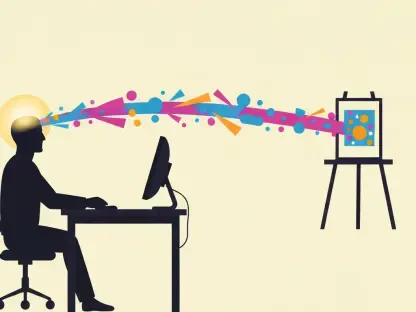In recent months, the U.S. Supreme Court has faced a growing challenge of dealing with “late-breaking” legal issues as they undertake the complex task of interpreting federal law. Traditionally, when selecting cases, the Court looks for a “clean vehicle”—an ideal case that presents a significant legal question without unforeseen complications. This approach helps resolve inconsistencies across lower court rulings from different areas. However, a recent ruling related to immigration has highlighted an ongoing predicament: how to handle unforeseen legal developments that emerge after a case is accepted for review. This issue underscores the critical balance the Court must achieve between maintaining stable jurisprudence and adapting to new factors that may change the interpretation of legal principles.
Navigating Unforeseen Legal Challenges
The Supreme Court’s responsibility for ensuring the uniform application of federal law often involves sifting through numerous cases to find those that best address pressing legal questions. Unexpected legal or factual developments complicate this already challenging process. These developments not only introduce unpredictability into the Court’s rigorous deliberations but also demand a level of adaptability to ensure fair and comprehensive legal interpretations. This challenge is not just procedural but also philosophical, placing the justices in the position of bridging predictability with flexibility to maintain legal continuity.
Key Discussions and Insights From the Court
Recent court activities highlight the difficulties and deliberations surrounding these unforeseen developments. Justices and their clerks have been keenly analyzing cases to manage this unpredictability, striving to maintain a balance between adhering to established legal norms and accommodating unexpected issues that might influence case outcomes.
Court Deliberations and Major Findings
Supreme Court deliberations have been notably impacted by “late-breaking” issues, requiring justices to reassess their approaches regularly. These cases often bring to light expert insights and significant findings that influence the Court’s understanding and future case selections. For instance, scholarly analyses and legal interpretations presented during these sessions provide a deeper understanding of evolving legal landscapes and contribute to the Court’s decision-making process concerning how to best address such issues.
Expert Panels and Judicial Debates
The event gave way to insightful panel discussions among legal experts and scholars who debated the merits of various strategies the Court might employ to manage unpredictable legal developments. These debates brought a range of perspectives—some advocating for a more flexible approach, while others emphasized the need to protect judicial consistency and stability. Such discussions enriched the understanding of how legal principles could be adjusted to address new challenges effectively, without losing the essence of established jurisprudence.
Workshops and Interactive Sessions
A key feature of the event was the workshops and interactive sessions that allowed participants to engage directly with these pressing issues. Through practical demonstrations and group activities, attendees explored scenarios where late legal developments would arise and strategized on addressing them within existing legal frameworks. This engagement offered valuable insights into potential future practices and how the Supreme Court could facilitate broader participation and understanding of these matters.
Innovations and Technological Introductions
In response to these challenges, the event also showcased cutting-edge technological advancements that could aid in addressing unforeseen legal issues. Technological tools aiming to enhance case analysis and prediction presented opportunities for smarter decision-making and comprehensive legal research. These innovations offered a glimpse into how technology might support the Court in navigating complex legal questions with more precision and agility.
Future Impacts and Industry Implications
The proceedings underscored the need for the Supreme Court to continue evolving its practices to effectively manage late-breaking legal issues. While maintaining judicial stability remains a priority, the ability to adapt when facing unforeseen developments is equally essential. This balance will likely continue to shape judicial strategies and innovations within the wider legal industry. Insights gained from addressing such dynamic challenges not only fortify the Court’s role as a federal law interpreter but also pave the way for more responsive legal frameworks that better serve justice in an ever-changing world.









